Featured Book Review
Pocket-sized Mental Health Improvement Kits
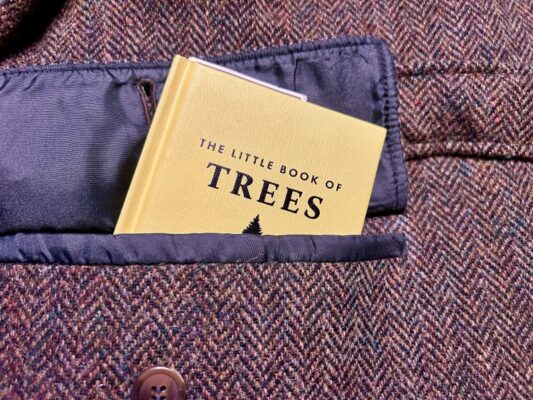
Let’s be honest – even the most social media skeptical amongst us is vulnerable, should we find ourselves waiting in a particularly long queue, stuck in non-moving traffic, waiting for a coffee or a meal, etc. – to pulling out one of the ubiquitous little electronic time thieves that we carry about on our person each day, tapping open Insta-Book-Red-Tok, and allowing our attention to be diverted while our cognitive abilities and mental health are slowly degraded. It’s difficult not to fall into this trap. Indeed, it’s designed to be that way as there are billions of dollars to be made by causing every man, woman, and child on the planet capable of seeing a screen to develop an addiction to the use of social media through the Pavlovian conditioning of those using it by leveraging with each scroll the user’s own hypothalamus to release dopamine, explained by this article from Mass General Brigham McLean Hospital as “a ‘feel-good chemical’ linked to pleasurable activities such as sex, food, and social interaction.” As the article continues “the platforms are designed to be addictive and are associated with anxiety, depression, and even physical ailments.” More than perhaps any other modern business, social media companies have proven very well that if you aren’t paying a company for a service you think you are receiving, you’re not the customer; you’re the product
Newly Noted Books
Understanding Visuals in the Life Sciences

Begun in 2020 with Dr. Kostas Kampourakis’ “Understanding Evolution” (now in its second edition), the Understanding Life series numbers twenty-six volumes – or at least it will with the publication of Dr. Han Yu’s “Understanding Visuals in the Life Sciences” later this month.
Playing Possum

In 2018, when the Southern Resident Orca given the human name of Tahlequah by observers gave birth to a calf that soon died and that she subsequently carried on her head for seventeen days, endangering her own life in the process due to the difficulties the act caused in her eating enough to recover from the birth, journalists from around the world flooded the airwaves and Internet with stories of her mourning, her sorrow, her grief, how much she was like a human mother whose own child had died.
The Humanistic Background of Science
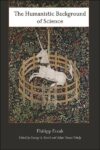
Philipp Frank’s “The Humanistic Background of Science” was left unfinished at the time of Frank’s death in 1966, however having now been edited by George A. Reisch and Adam Tamas Tuboly for SUNY University Press, it is now available to be read by any and all interested in the history of science.
The Gull Guide: North America
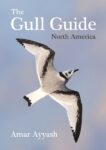
Hopes are particularly high for Amar Ayyash’s new “The Gull Guide: North America” to be a book able to provide interested birders, birdwatchers, and naturalists alike with a meaningful new reference tool to the North American occurring, gull-denominated members of the Laridae family.
Conrad Gessner (1516–1565)

As Conrad Gessner is one of those cornerstone figures of Early Modern natural philosophy whose life and work are not as readily known to most, including even a fair number interested in the subject, the publication of this newly translated biography of him presents a superb opportunity to discover, or improve one’s knowledge of, this remarkable man and his work.
Stone Circles; A Field Guide

In their recently published book “Stone Circles; A Field Guide,” Prof. Colin Richards and Prof. Vicki Cummings present an extensively researched, very detailed, highly informative presentation of 344 stone circle sites across England, Scotland, Wales, Northern Ireland, Isle of Man, and the Republic of Ireland.
Thylacine

Shadowy, perplexing, only recently extinct, and now iconic, Thylacines survived the Late Pleistocene megafauna extinctions of Australia and continued on throughout the Nineteenth Century in the Tasmanian wilds. So how did the last one end up dying of neglect in a zoo in 1936?
The Courage of Birds

When I first took up birdwatching in the mid 1990s (knowingly and intentionally, that is; I’d been watching them casually long before that) one of the first books I read on the subject in an effort to learn how to do it was Pete Dunne’s “The Feather Quest.”
The Princeton Field Guides to Dinosaurs
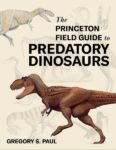
As with so many naturalists today, my first love in the world of natural history studies was dinosaurs. As a boy, I would expound upon these remarkable creatures ad nauseam to anyone willing or foolishly indulgent enough to listen.
The Science of Weed

One of the many benefits of cannabis being made legal for recreational use in twenty-four U.S. states and the District of Columbia is that for the first time since it was made illegal nationally in the country under the Marihuana Tax Act of 1937 it can now be discussed with both reason and rationality amongst serious-minded people.
Naturalist Classics
Back to Basics Through Black and White
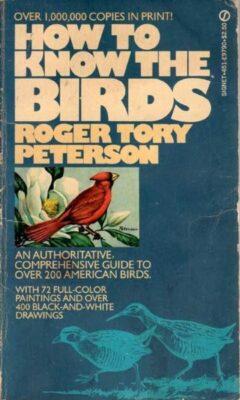
After being rejected by four other publishers who thought the market for such a book was too small to be worth their time, when Roger Tory Peterson’s A Field Guide to the Birds: Giving Field Marks of All Species Found in Eastern North America was first published on 27 April 1934 by Houghton Mifflin in an initial printing of 2,000 copies, it sold out in two weeks. It has ever since reigned as the monarch of North American field guides, being still available in the seventh edition Peterson Field Guide To Birds Of Eastern & Central North America, now published by HarperCollins following Houghton Mifflin (Harcourts)’s sale of its trade publishing division and other assets to News Corp in 2021. But enough about the board room machinations of the present-day masters of the universe.
Recent Featured Book Reviews
Guides for the Perplexed
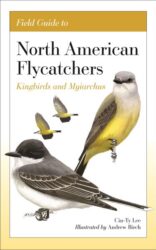
Beginning in 2024, after some years of putting it on the metaphorical back burner, I made the decision to devote more time and effort to birdwatching. I was once an avid birder, meticulously listing every twitch of a feather that can into view, then, having become disillusioned by some of the things I experienced in […]
Discovering Our Deep Connections to the Ocean
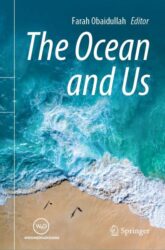
To borrow and slightly adapt a verse from The Little River Band‘s “Cool Change,” Well I was born in the sight of water And it’s there that I feel my best The albatross and the whales they are my brothers For me, this is not just a bit of poetic nicety. Having been born and […]
Of Interest
Bug Banter Podcast – The Power of Policy
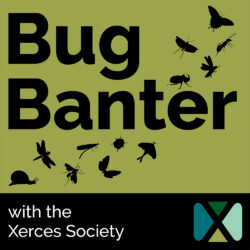
While the Xerces Society’s “Bug Banter” podcast is consistently interesting and informative, I found the 7 January 2025 episode “The Power of Policy: Insect Protection Through State Authority” particularly so.
Stephen Pyne on the Fires in Southern California
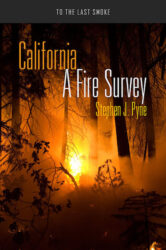
Whenever I wish to learn about how wild fires behave in different parts of the United States, I take one of the volumes of Prof. Stephen J. Pyne’s unrivaled To The Last Smoke Series from University of Arizona Press. Not surprisingly, this past week had me reaching for the volume “California; A Fire Survey.”
Gateway Books in the Philosophy of Science
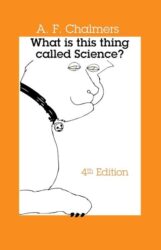
Desiring to learn about the study of the philosophy of science, I availed myself of the remarkably collegial, friendly environment of Bluesky and posted a question there asking for recommendations of books introducing the subject. The response was very encouraging indeed!
Harvard University Press Holiday Sale 2024
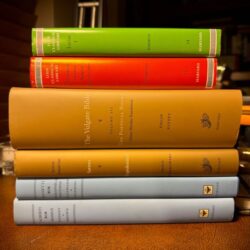
One of the things I look forward to each December is the Harvard University Press book sale. I appreciate all sales from book publishers who publish high quality works, but the Harvard sale helps me to continue a completely barking mad project I began a few years ago…
From the Backlist
Seduced by Logic
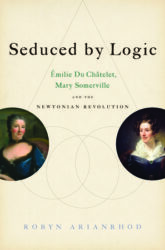
When it comes to the spread of knowledge – particularly the communication of some of the most paradigm-shifting ideas of all time – it is Émilie Du Châtelet and Mary Somerville whose names should not only be familiar to anyone who would call her or himself educated, they should leap to mind as two of the most significant authors in the history of mathematics and physics.
Newsletter
Newsletter Sign-up
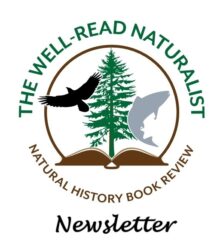
Having now written and published the requisite privacy policy, I’ve made the sign-up form live. You can find it at the bottom of the front page as well as below each individual review, essay, or article (such as this one).
The Well-read Naturalist does not maintain Twitter (“X”) or Meta (Facebook, Instagram, WhatsApp) profiles.
Any profile on those platforms claiming to be published by or representing The Well-read Naturalist should be considered fraudulent and promptly reported to the platform moderators and The Well-read Naturalist in order that cease and desist actions may be undertaken.
